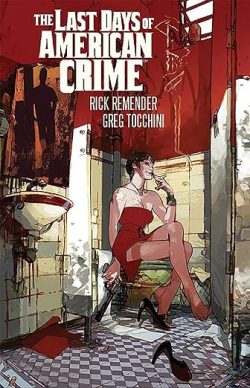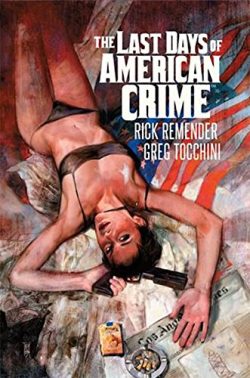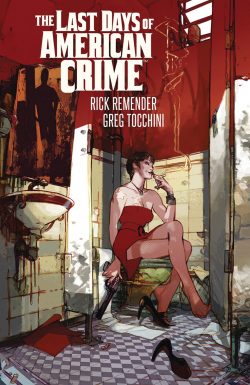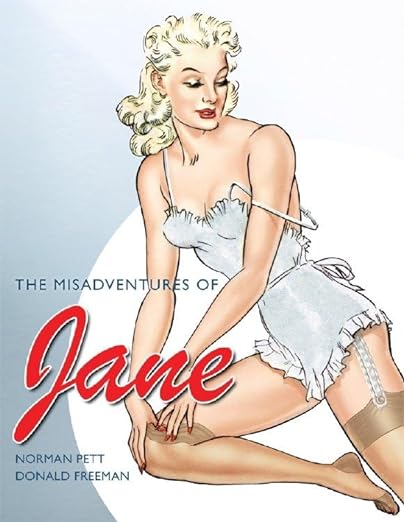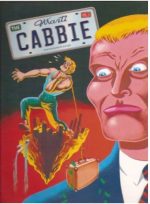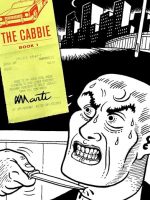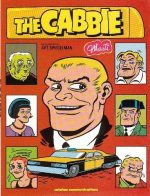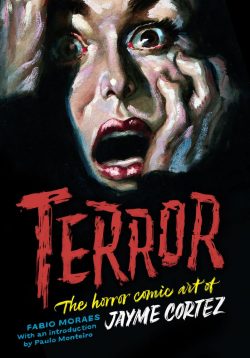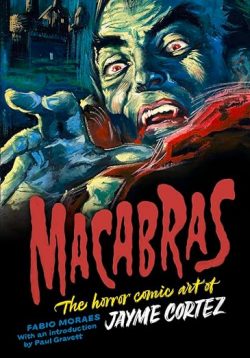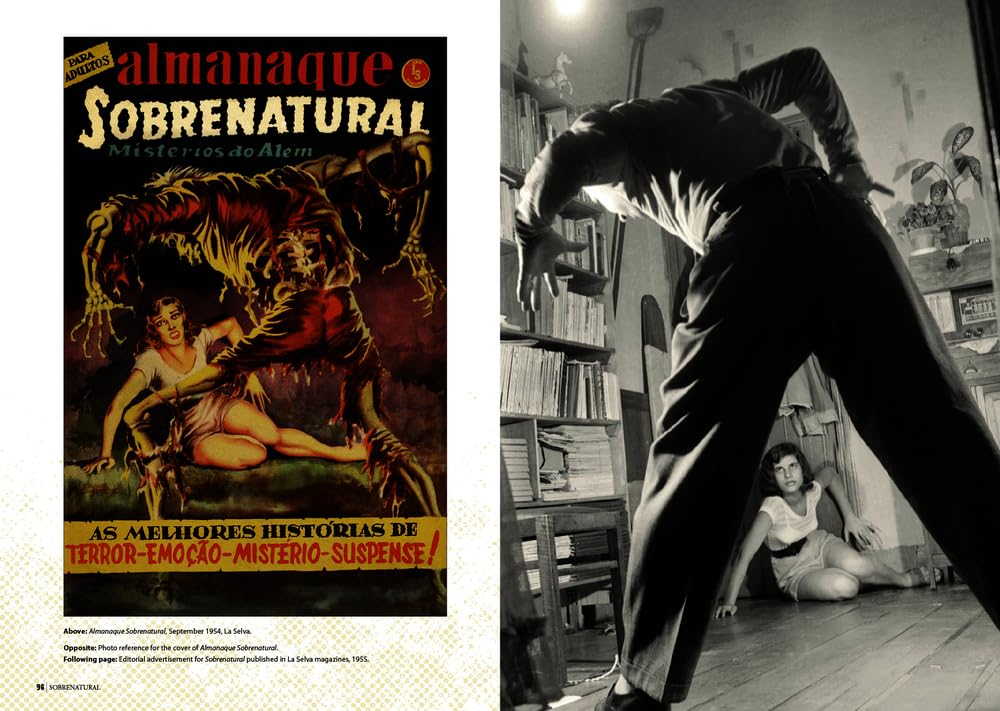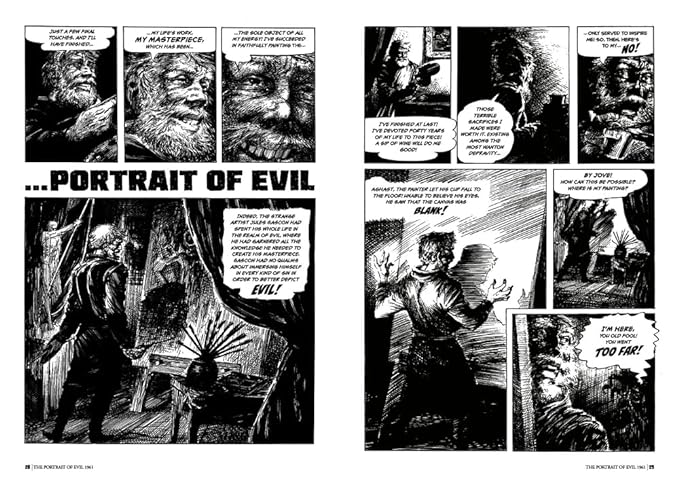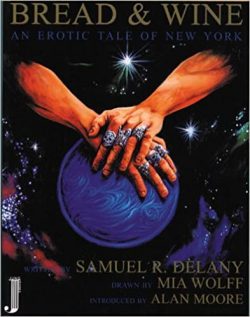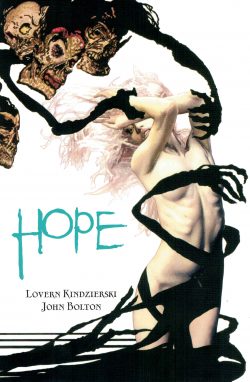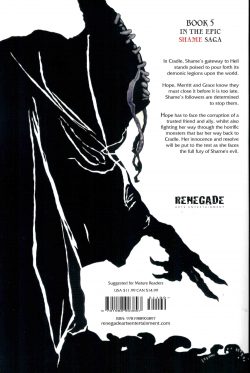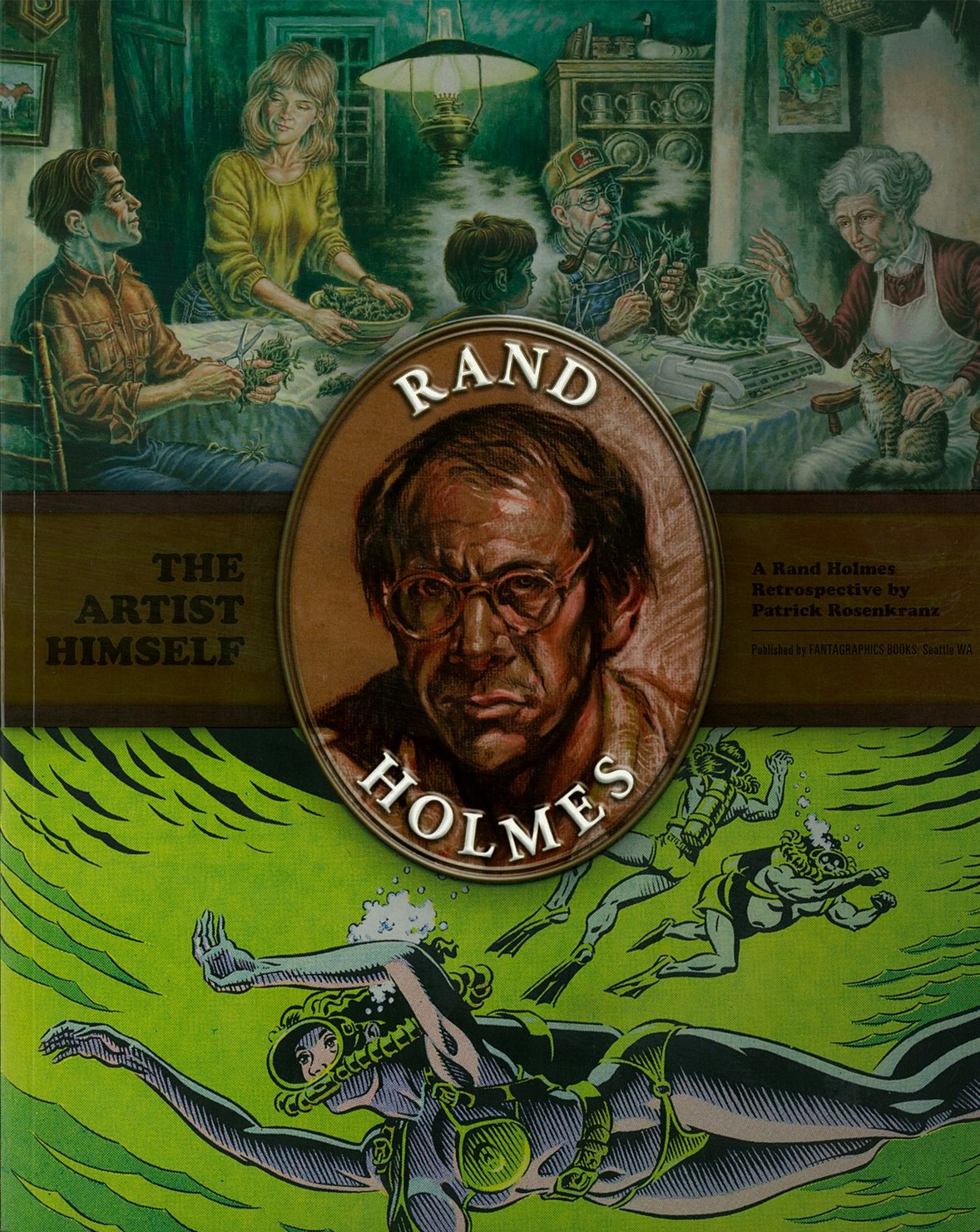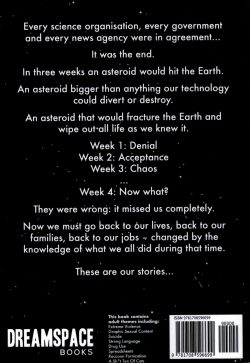
By Rei Taki translated by Rose Padgett (Vertical/Kodansha)
ISBN: 978-1-6472191-4 (Vertical tank?bon PB) Digital edition 978-1-68491-721-1
A woman goes into a bar.
That’s usually shocking enough for Japanese fiction, but in Rei (Tada Ooki na Neko ni Naritai, Love-Kyo: Kateikyoushi ga xx Sugite Benkyou Dokoro ja Nai) Taki’s deft exploration of sexual diversity, it’s merely the start of a well-intentioned, honest appraisal of what infinite variety in human experience and being actually means. The tale is especially extraordinary as it comes from a country and culture currently involved in a (very polite and restrained) war of past and future and tradition vs. change, where gender and gender roles have always been cast in stone and a hot button topic…
After a short stand-alone try-out tale was reworked and developed (which is included at the end of this edition), Last Gender: Nani Mono demo nai Watashi-tachi debuted in 2022. Its brief interlocking vignettes eventually filled three volumes, employing a picaresque format – in many ways thematically similar to US sitcom Cheers – to peruse those people who generally inhabit the margins of society… either through choice or more often than not due to fear and shame.
In such a strictly formalised society those judgements are most likely to be self-inflicted and imagined, and painfully concrete and condemnatory, as we will see…
Chapter 1 opens with one person’s candid ruminations on what is gender before ‘Welcome to BAR California’ finds nasty, preachy gossip and media scandalmongering hanging in the air as assistant manager Yo prepares to open up for the evening. Checking bottles are full, glasses clean, rooms ready and restocked and all lube, fresh underwear and condom dispensers are full, they are soon distracted by a nervous and curious young woman. She has come in to the venue where “all are welcome” carrying her husband’s membership card and very much wanting to know what it exactly entitles her spouse to…
An explanation of facilities, by-laws, responsibilities, duties and potential rewards – further clarified by a new friend – results in Manami addressing her prior pre- and mis-conceptions, and signing up to discover lots more she didn’t know about herself…
With frequent subtle reminders, asides and dissertations on what staff and patrons consider constitutes gender, sexualities statuses, consent and suitable behaviour, the vignettes continue with ‘An Orchid Blooming in the Fog’. Transgender bisexual Ran shares with Yo early unhappy encounters (incidentally providing us with mindboggling factual detail on insurance cover and finance for gender affirmation surgery in Japan), and happy-go-lucky, persistently pally pansexual Mao adds his own unique perspective and past moments. Ultimately his benign attentions and upbeat manner manifest more revelations of his own unsettled life and its pressures…
The forces of expectation and tradition shaping Mao are more closely monitored in ‘Family of Mannequins’ even as stolid salaryman Sawada Masanori and college girl Amiru debut with their own individual flavours of difference. It’s a risky road to travel but bigender Sawada will only really be content once his wife and child can understand how and why he is also Marie and that will only happen if they can affirm their ‘True Love’, whilst the student still struggles to accept that any boundaries exist…
Amiru steps into the spotlight for closing episode ‘Aromantic Fairy Tale’ delving deeper into her innate belief that sex and love have nothing to do with each other and explaining how all the stories society train us with need to be re-examined if not revoked. Of course, nothing has worked yet to stop her yearning for “the one”, and some of the test candidates have been a bit extreme to say the least. Just look at Yukihiro, with his odd provisos and props… and just what is the secret he shares with only Yo?
To Be Continued…
Filling up this initial tome are ‘Translation Notes’, house ads, a featurette on sex bars and how the clientele adopts aliases in ‘BAR California’s Back Yard #1’ as well as an afterword from Rei Taki, prior to that aforementioned ‘Prototype Story: A Self For All Seasons’ showing how the initial explorations of spousal abuse and similar reasons for such sex bar venues was dialled down for a more subtle and forensic investigation of the people who need them…

There are – even by manga standards – fairly explicit and frequent sex scenes amidst all the character interplay, and the occasionally blunt yet potent evaluations, clarifications and reiterations of gender issues, minorities and status through the lens of Japanese frankness can be a bit breathtaking if we westerners aren’t braced. Nonetheless, Last Gender: When We Are Nameless is a compelling and intriguing foray into gender & sexual diversity, pansexuality, propensities, individuality and autonomy that needs to be seen by anyone still breathing and still dating. Over to you then…
© 2021 Rei Taki. English translation © 2022 Rei Taki. All rights reserved.

